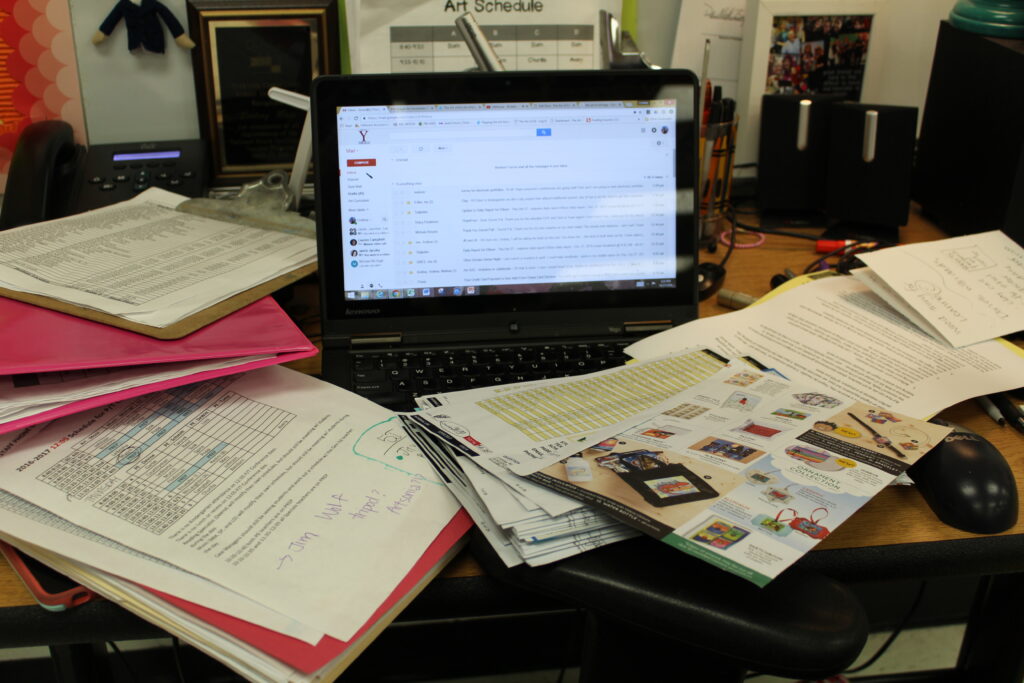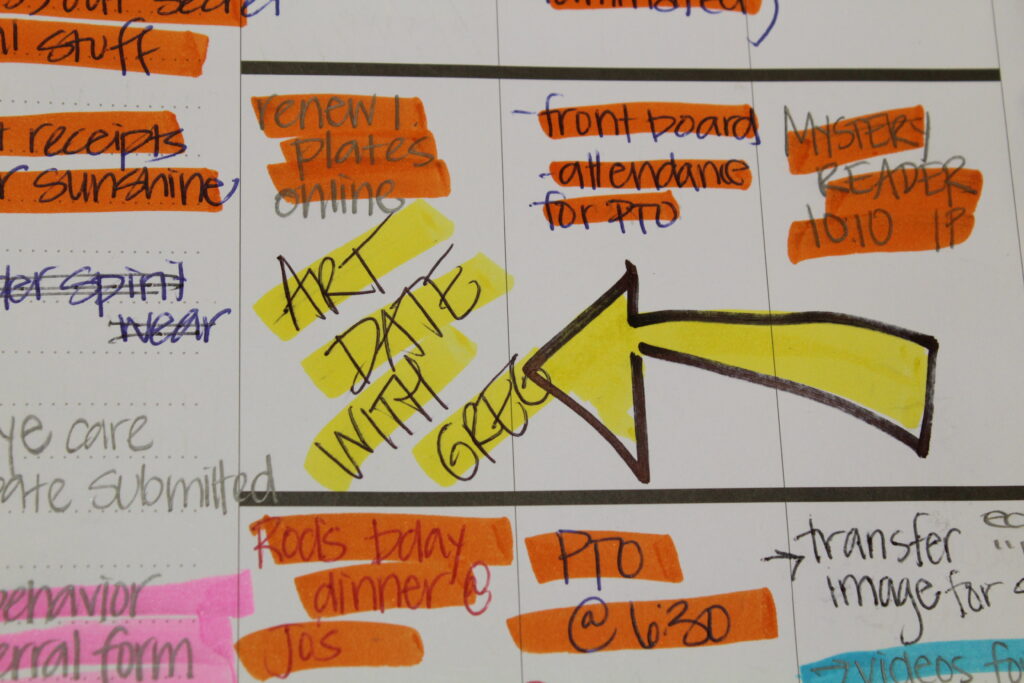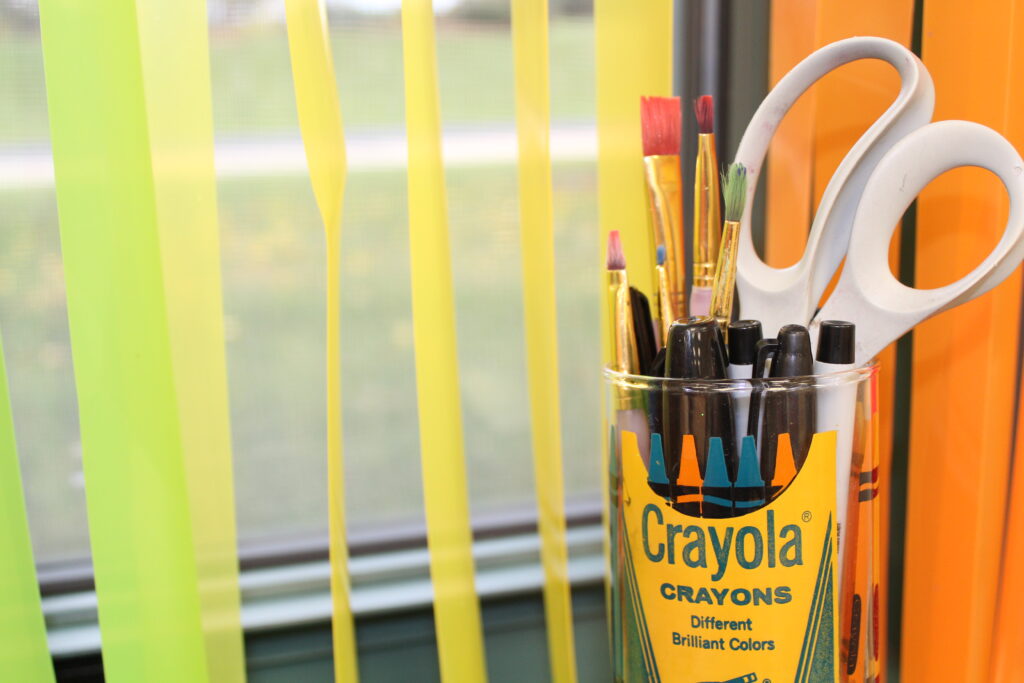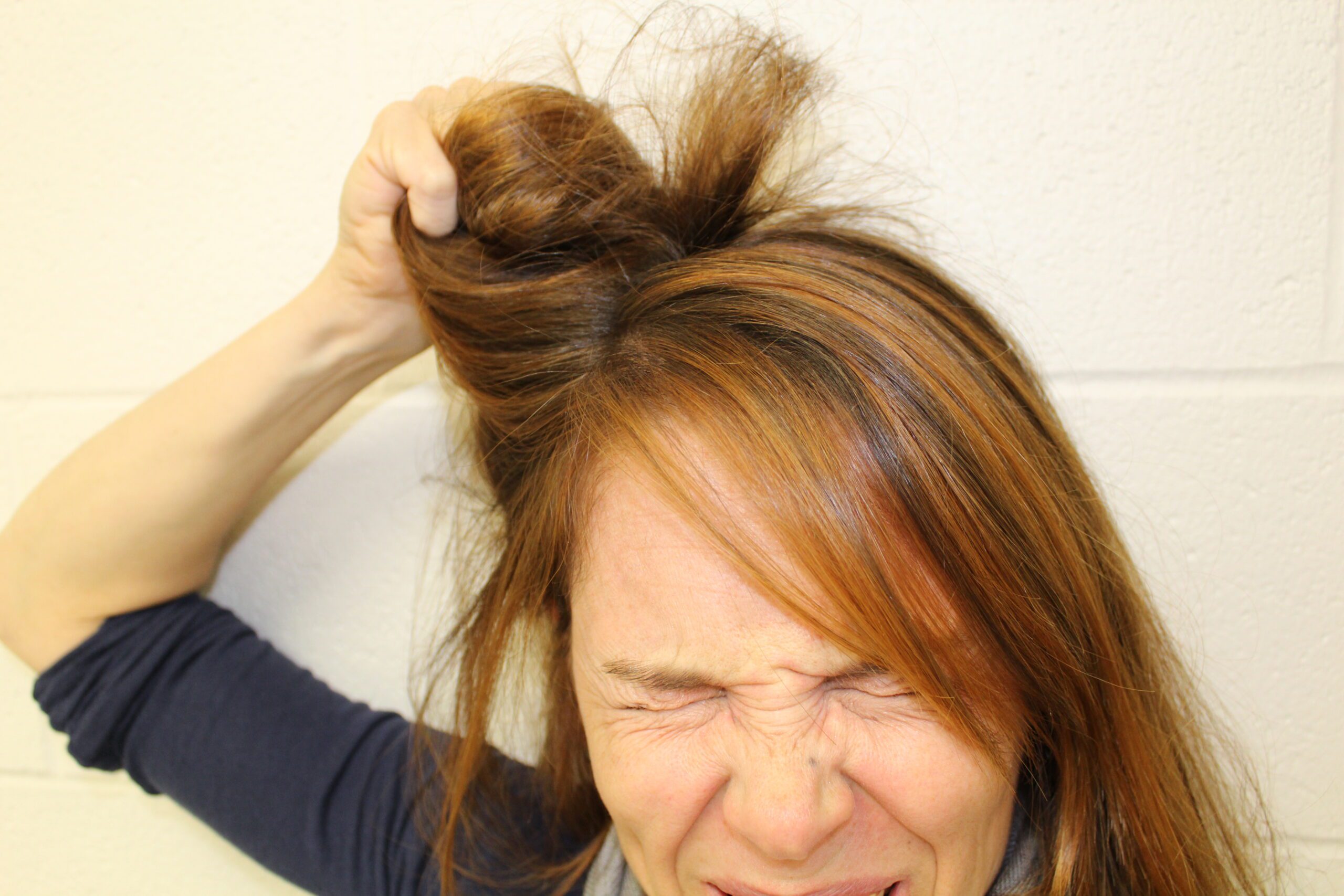November is one of “those months” in art education. It’s the first round of report cards, parent-teacher conferences, and the beginning of the professional evaluation cycle. All of these factors tend to make November feel a little overwhelming. Combine these work dynamics with holiday commitments at home, and it is impossible not to feel a bit frazzled.
Seasoned teachers offer all sorts of relaxation advice during this time of year; leave Sundays for yourself, delegate tasks to students, or make it a priority to eat lunch away from your desk. We’ve heard it all before. But I think successful art teacher de-stressing is inherently different because WE are different.
So, my unsolicited “art teacher specific” advice may seem counter-intuitive . . . but you need to double down on art!
Think back to BEFORE you taught art, BEFORE college art education courses, BEFORE art was your livelihood. What types of activities did you do when you needed a break? I’d bet dollars to donuts that part of your de-stressing routine was art-related. You became an art teacher because you loved art and felt a deep connection to the practice of art-making, but sometimes in the depths of curriculum writing, evaluation, and assessment, we forget a simple truth: we NEED art to feel whole.

When I am drowning in mountains of rubrics and work-related paperwork, it seems like art-making is the easiest thing to remove from my plate. But art-making isn’t expendable; we have to prioritize the activity that keeps us effective, centered teachers. Here are four tried and true ways to prioritize art-making when you are at your busiest.
Take a class or local workshop
Nothing makes you follow through with art-making like a set schedule and a monetary investment. Consider signing up for a workshop at your local arts center. Even better, try one of the Art of Education’s studio courses. Not only will you feel rejuvenated by the art-making experience and the thrill of a new technique, but the added bonus is the free observation time that comes within a class setting. It’s fascinating to watch other art teachers at work, and it can inspire and rejuvenate your own practice.
Schedule an Art Date

Many of us recruit friends to help solidify a workout routine (jogging buddies, Pilates partners, etc.) Why not employ the same technique to art when you are stressed? Choose an artsy friend and invite them over for an afternoon of “UFO” artwork. Not only will you have therapeutic time to complete those nagging “unfinished objects,” but the opportunity to vent to a sympathetic ear can be cathartic.
Prioritize Art-Making Classroom Chores

When your desk is covered with paperwork, complete the art-making tasks first. Whether it is a bulletin board, a project sample, or a poster for the PTA, doing the creative job first will invigorate, re-energize, and inspire you to plow through the rest of the to-do list. You will see the results of your labor, and get the edge you need to complete more mundane tasks.
Make a Commitment You Can’t Avoid
If nothing else is motivating you to create art in your stressed-out state, sign up to show your artwork… somewhere. Consider local venues or galleries that feature teacher work, or explore the idea of a faculty art show with your colleagues. The commitment to a specific date and time will push you to find the time to create, no matter what.
Remember, making art when you are stressed is just like applying an airplane oxygen mask. You have to save yourself before you can help anybody else!
What other strategies do you use to de-stress?
What is your favorite art technique when you just need a mental break?
Magazine articles and podcasts are opinions of professional education contributors and do not necessarily represent the position of the Art of Education University (AOEU) or its academic offerings. Contributors use terms in the way they are most often talked about in the scope of their educational experiences.





